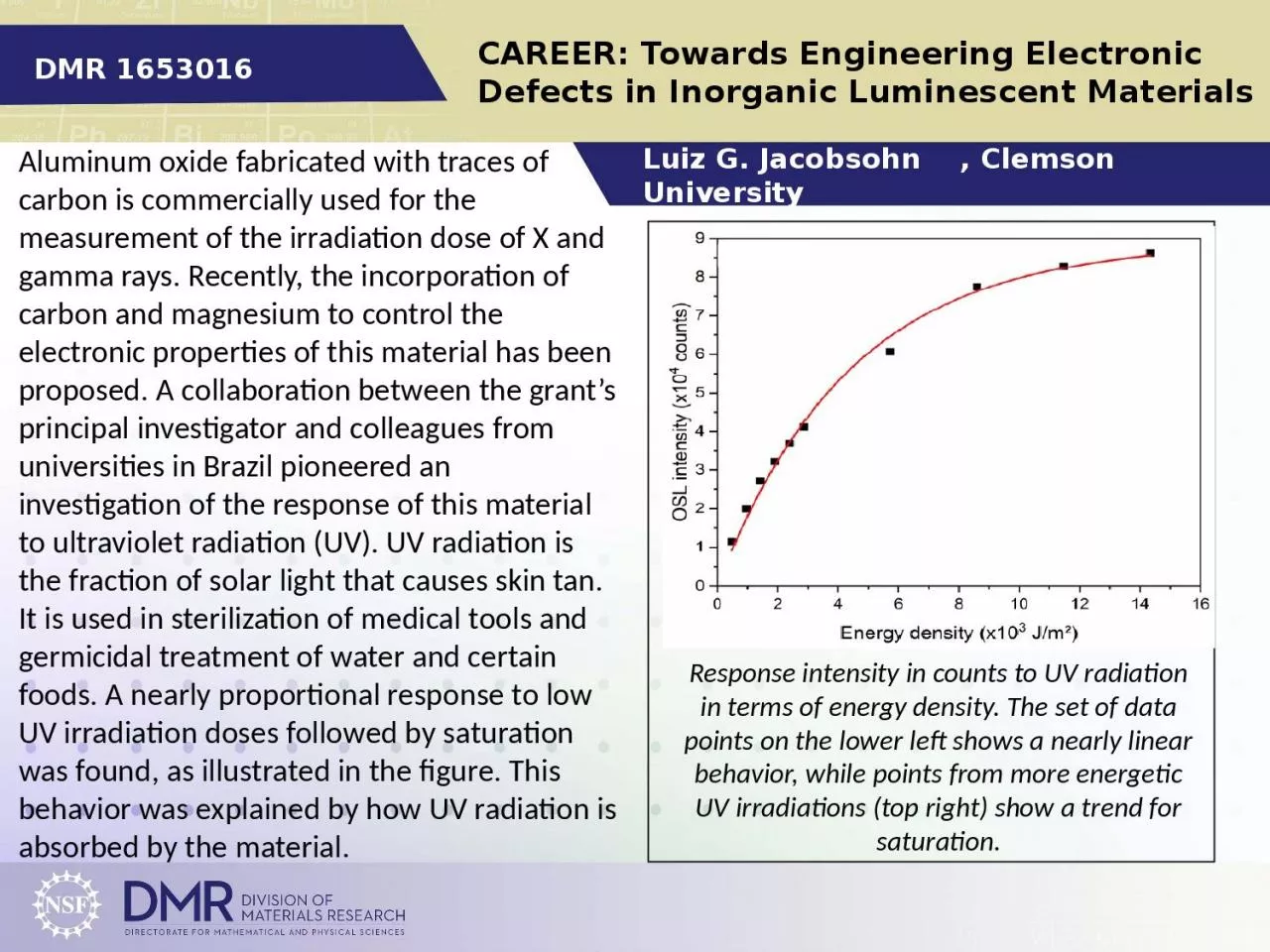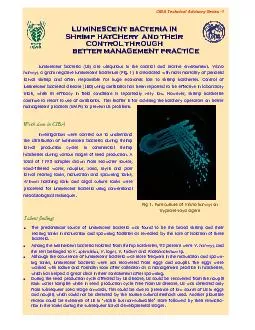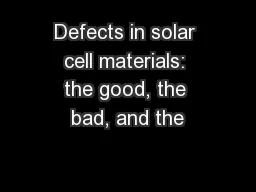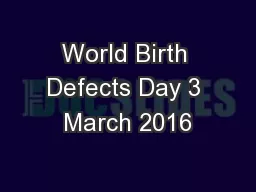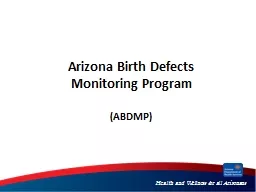PPT-CAREER: Towards Engineering Electronic Defects in Inorganic Luminescent Materials
Author : sophia2 | Published Date : 2023-07-28
Luiz G Jacobsohn Clemson University DMR 1653016 Aluminum oxide fabricated with traces of carbon is commercially used for the measurement of the irradiation dose
Presentation Embed Code
Download Presentation
Download Presentation The PPT/PDF document "CAREER: Towards Engineering Electronic D..." is the property of its rightful owner. Permission is granted to download and print the materials on this website for personal, non-commercial use only, and to display it on your personal computer provided you do not modify the materials and that you retain all copyright notices contained in the materials. By downloading content from our website, you accept the terms of this agreement.
CAREER: Towards Engineering Electronic Defects in Inorganic Luminescent Materials: Transcript
Download Rules Of Document
"CAREER: Towards Engineering Electronic Defects in Inorganic Luminescent Materials"The content belongs to its owner. You may download and print it for personal use, without modification, and keep all copyright notices. By downloading, you agree to these terms.
Related Documents

